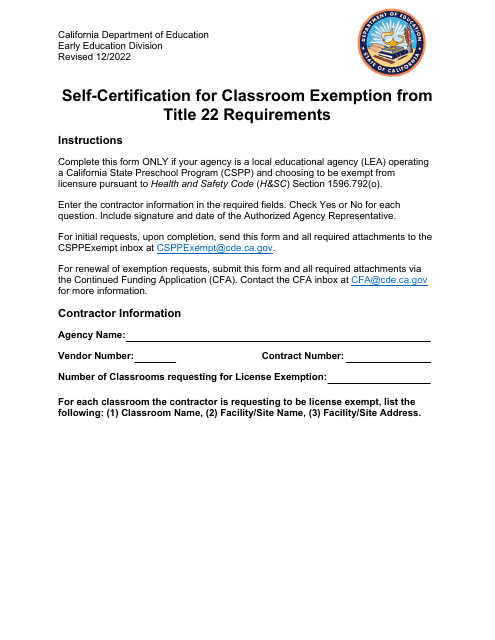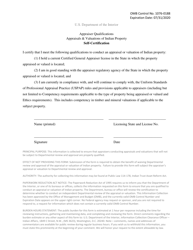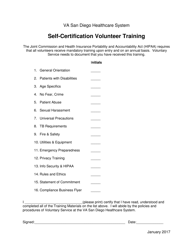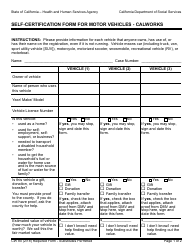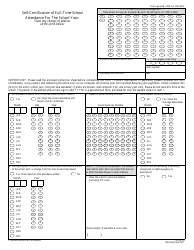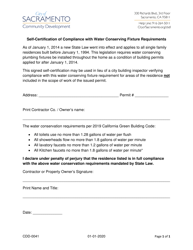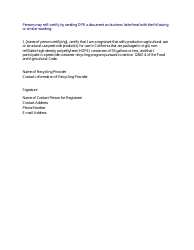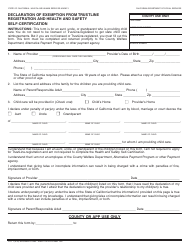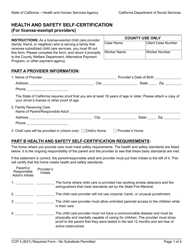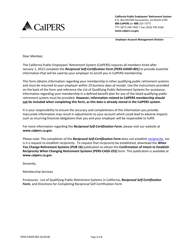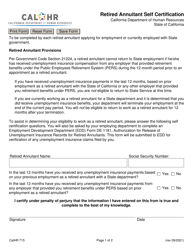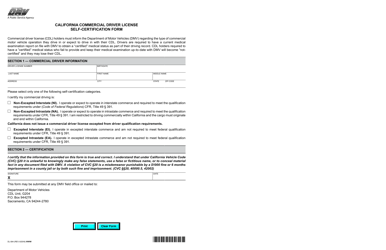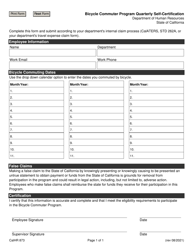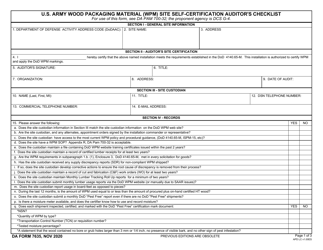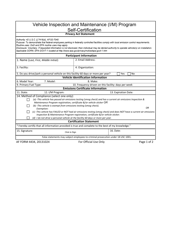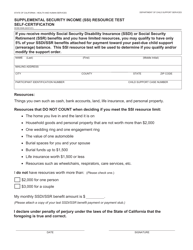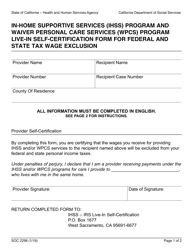Self-certification for Classroom Exemption From Title 22 Requirements - California
The Self-certification for Classroom Exemption from Title 22 Requirements in California is a document primarily used by educational institutions within the state. Title 22 outlines various regulations applicable to different types of facilities, including health facilities and classrooms.
In a classroom context, some schools may qualify for exemption from certain Title 22 regulations if they can demonstrate that they meet specific conditions and criteria. This is where the self-certification for classroom exemption document comes into play. Schools complete and submit this document to the responsible authorities to apply for an exemption. In other words, this is a means for schools to attest their compliance with requirements that make them exempt from certain Title 22 regulations.
It's important to note that the specific regulations from which a school can be exempt greatly vary and are conditional. Therefore, an educational institution should consult with a regulatory expert or legal professional to understand what it means for them. While this document can offer schools regulatory relief, it is crucial to fully understand its implications and the criteria required for exemption.
The self-certification for classroom exemption from Title 22 requirements in the state of California is filed by the day care or child care facility operators. This declaration states that the facility meets certain criteria which qualifies it for exemption from certain licensing requirements under the California Code of Regulations – Title 22. These facilities still need to comply with other regulations set forth by the California Department of Social Services, which oversees the licensing and regulation of day care or child care centers in the state.
FAQ
Q: What is self-certification for classroom exemption from Title 22 requirements?
A: The self-certification for classroom exemption from Title 22 requirements is a process where schools in California can exempt themselves from some state regulations under certain conditions. Title 22 sets the standards for teachers, childcare providers, and school facilities. A school can self-certify that it meets the exemption criteria to bypass some of these regulations.
Q: Who can apply for a self-certification for classroom exemption from Title 22 requirements in California?
A: Any school or education provider in the state of California can apply for this exemption, provided they meet the specific criteria outlined in Title 22.
Q: What is Title 22 in California?
A: Title 22 in California is the section of the California Administrative Code dealing with Social Security. It contains regulations for childcare centers, adult day care, and other related care facilities. It outlines staffing requirements, health and safety standards, licensing procedures and more.
Q: Why would a school want to be exempt from Title 22 requirements?
A: A school might want an exemption from Title 22 requirements to gain regulatory flexibility, reduce administrative burdens, or implement innovative learning strategies. However, they would still need to ensure the safety and wellbeing of their students.
Q: What is the process to become exempt from Title 22 requirements in California?
A: To become exempt from Title 22 requirements, a school needs to fill out an application demonstrating that it meets the exemption criteria. The application is then reviewed by California's Department of Social Services or other appropriate agencies. If approved, the school will be granted an exemption certificate.
Q: Is the self-certification for classroom exemption from Title 22 requirements permanent?
A: No, the self-certification for classroom exemption from Title 22 is not permanent. It is subject to renewal and may even be revoked if the school no longer meets the required conditions or violates any other relevant regulations.
